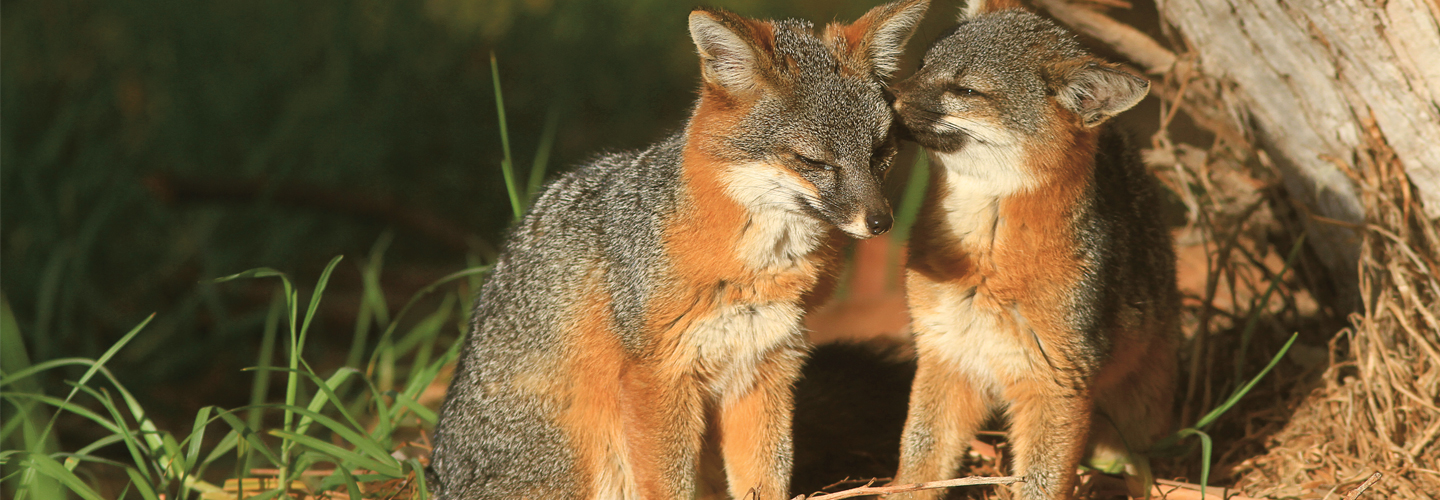Jim McMahon/Mapman
You’d never know it today, but one of the world’s smallest species of foxes almost became extinct about 15 years ago. Known as the Channel Islands fox, it lives only on six of the eight islands in California’s Channel Islands. Thousands of foxes used to roam these islands.
But by the late 1990s, fewer than 200 foxes remained in the wild. They were declared endangered in 2004.
The National Park Service, scientists, veterinarians, and volunteers worked together to bring them back from the brink of extinction. Today, nearly 6,000 foxes live across the islands.
One of the world's smallest species of foxes almost became extinct. This happened about 15 years ago. You'd never know it today. The species is the Channel Islands fox. It only lives on six of the eight islands in California's Channel Islands. Thousands of foxes used to roam these islands.
But by the late 1990s, fewer than 200 Channel Islands foxes were left in the wild. They were declared endangered in 2004.
The National Park Service, scientists, veterinarians, and volunteers worked together. They wanted to bring the population back. Today, nearly 6,000 foxes live on the islands.

